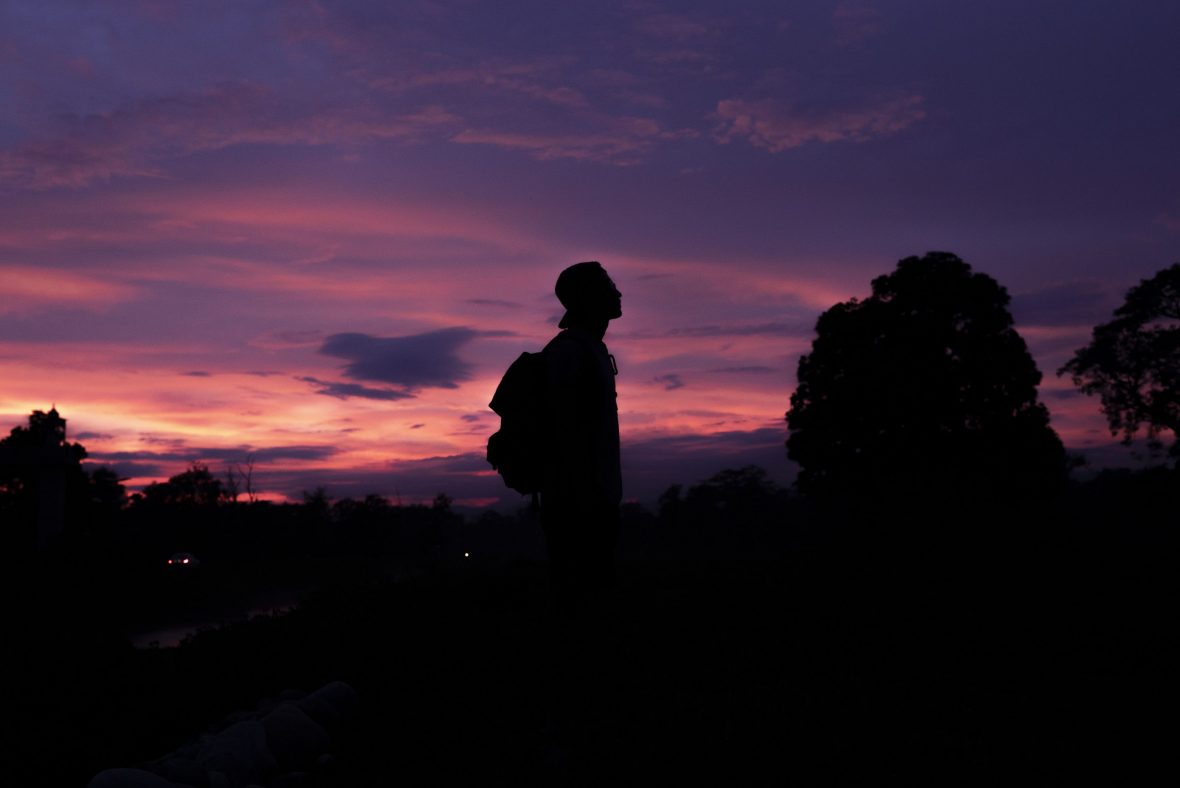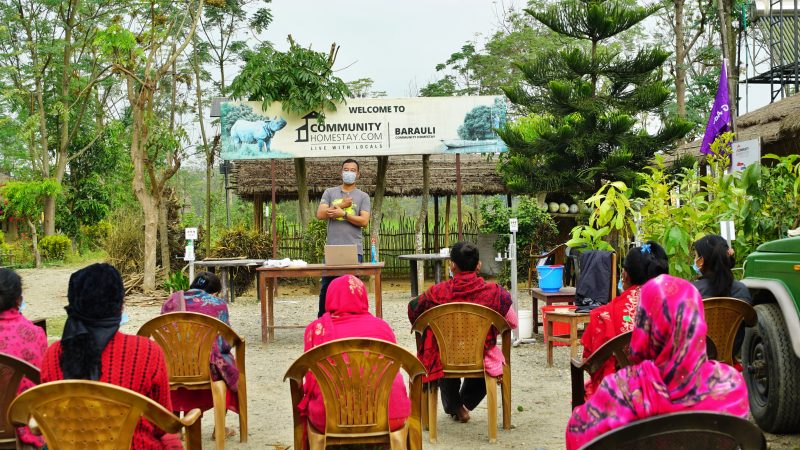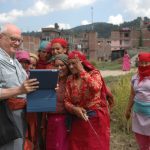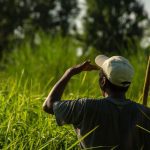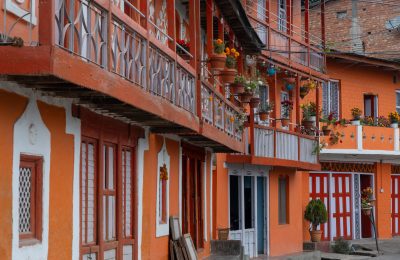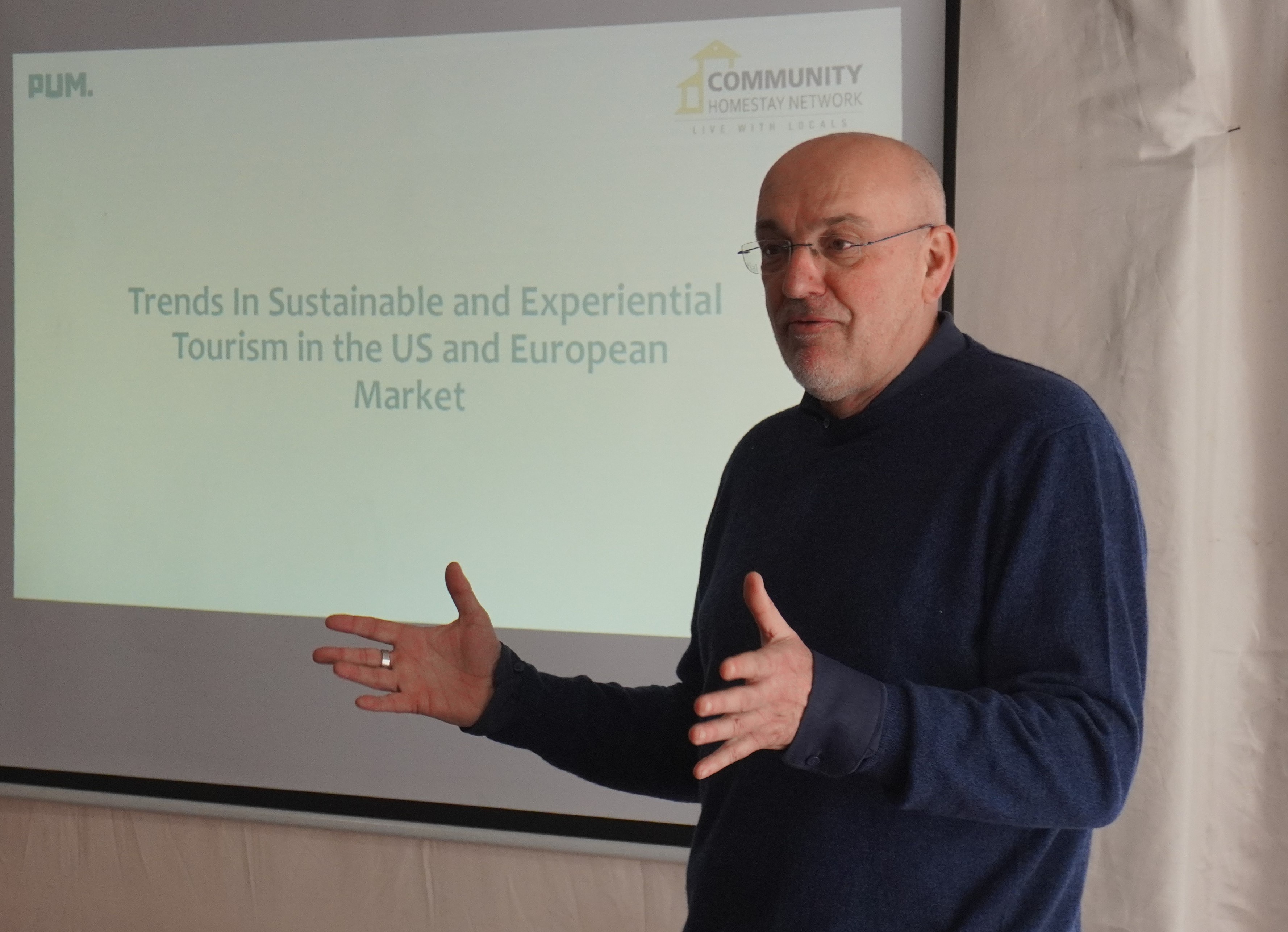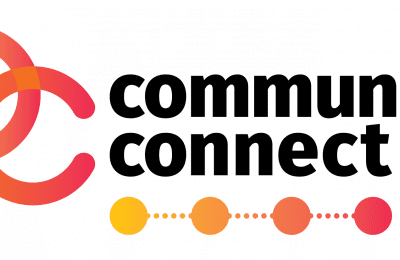Travel and tourism have come to a virtual standstill everywhere for almost all of 2020 due to the worldwide COVID-19 pandemic. With approaching one million new cases per day and up to 15,000 deaths per day by the end of 2020, even if the virus is not deadly for everyone, many side effects are being found to last long after and affect not only the old but in various degrees, people of all ages. While travelling between different countries is only slowly starting to open up around the world, it will be some time before international tourism is likely to return to normal. In the meantime, there is nothing to stop people living within Nepal from traveling within the country, as long as everyone takes care not to unnecessarily spread the virus. Let us explore some of the travel safety tips before experiencing Nepal with the local communities safely.
By taking care, it should be possible to reduce the risks, while still being able to enjoy getting out and about and spending time away from home.
What Should You Know
Community Homestays are located all over Nepal and usually welcome visitors from all corners of the world. Guests come to experience the unique way of life found in villages and different regions of the country. There are Community Homestays located from Ilam in the far east, to Suklaphanta in the farthest corner in the west, with a wide range of types of homes from those in rural areas, to those in small, historic towns like Panaulti, in the Kathmandu Valley and Tansen, in Palpa district.
Run primarily by women, these family homestays provide an insight into the local traditions, culture, and ways of life that are very different in each area you visit in Nepal. As well as providing a fascinating stay with a family, guests are helping to provide these families with additional income. Women are receiving money, and they are consistently using it to enhance the lives of their families, focusing on the education of their children and overall improvement in their quality of life.
Understanding The Travel Safety Tips
Throughout the previous year, efforts have been made to motivate and assist various Community Homestays in discovering alternative means to substitute the income traditionally generated from hosting guests. Despite the challenging circumstances faced by everyone in the tourism industry, certain households have succeeded in generating modest income by creating appealing crafts and goods for sale, all the while maintaining their residences in a welcoming condition for potential guests.
Although a few foreign tourists are able to travel to Nepal right now, this is a time when domestic tourists – the people who live in Nepal, can help support tourism as well as enjoy exploring their own country. In doing this it is going to be very important to behave in a responsible way to reduce to an absolute minimum any risk of spreading the virus into the communities where visitors go.
Here are some important points that guests need to remember when visiting not just the Community Homestays, but in their day to day life wherever they are.
Travel Safety Tips Before you leave
The first most important thing is to be sure that you have not already caught the virus and can pass it on to others. This can be often very difficult to know, as many people do not feel ill or show any symptoms. Just because you feel fine, it does not mean that you are not a carrier.
To be absolutely sure, if possible, you should try to get a COVID-PCR test before going, but with enough time to get a result back before you set off. The testing facility is available in most of the hospitals/ laboratories in Kathmandu
If you have any doubts or show any of the symptoms like coughing, loss of taste or fever, then you should postpone your trip and stay at home instead, self-isolating to be sure you don’t pass on the virus to others. It is easy to think that the virus won’t kill you, especially if you are young and normally fit and healthy. But youngsters, even children have died from this virus. And even if young people have recovered, many still have not lost some of the side effects that include serious long term health problems. It is not just a virus that kills old people.
Getting there
The first important consideration is how to travel without risking your own health and that of others. This is very tricky, as public transport can be very crowded, which makes it very risky as it is difficult to keep a distance from your fellow passengers. You might want to choose times of the day when buses are less likely to be so crowded or routes that are less busy.
Traveling by private vehicle or bike, however, are a much safer choice. If you don’t have your own vehicle, it is worth trying to get enough friends to join and share the cost of hiring one or using a vehicle and driver of a travel company like Royal Mountain Travel. For distances that are not too great, a motorbike might be all you need to get to where you want to go.
If however, you do find yourself having to travel on a crowded bus, you should try as far as possible to avoid sitting too closely to your fellow travelers, make sure that all times you are wearing a mask that covers your nose. To increase the protection not only to yourself but to other people, you can ideally wear WHO recommended masks or 3 layer surgical masks available in the market.
Travel Safety Tips when you get there
Think about how you would feel if you were visiting your own family, where also you might be seeing your old grandparents. They are the most vulnerable. In villages with very little health care, they are even worse off too, if they catch it.
So at all times, you should be very vigilant to do the following:
Face masks
Keep on your mask indoors and outside when there are other people around. Masks should always be worn properly, covering the nose and mouth. It is no use wearing the mask under the nose, or worse, under your chin! Remember, even when speaking on your mobile phone, there is no need to remove your mask. People can hear you just as well!
Keep a distance
This means keeping a distance from everyone, including your friends who might have come with you too. Ideally, you should try to be at least two meters from each other, and when this is not possible, try to keep as far from the next person as you can. Maintain distance from all other people (unless you are from the same family, living in the same household).
Avoid close contact
Avoid personal touching such as handshakes or hugs. Some people are substituting a handshake by touching elbow to elbow, but even this is bringing you closer together than advisable. Keep a distance and use a traditional ‘Namaste’ instead.
If you have to cough
Wearing a face mask will help stop the spread of the virus but only within limits. Even with the mask on, you should cough into your sleeve (and if you use your hands, wash them after). Always cover your mouth and nose with bent elbow or tissue when coughing or sneezing and always wash your hands afterward. Try not to cough anywhere near other people. If you are inside a room, try to go outside to cough if you can.
Washing your hands frequently
The virus can be transmitted on things touched by anyone who is infected. Especially when you have been traveling on public transport or touched anything that someone else might have touched, you should wash your hands. Wash your hands thoroughly with soap and water, or sanitize your hands with at least 70% alcohol sanitizer, several times a day.
Avoid touching your mouth, eyes, and nose
At all times, do not touch your face. If you have touched something that has been contaminated by someone with the virus, this is a sure way to catch it yourself.
Avoid handling things
Do not give or receive gifts, share food, drinks, or personal objects, such as cameras, water bottles, etc. Do not lend your pen or other personal items, and do not borrow things from others.
Use your own
Always carry your own mask, hand sanitizers, and water bottles. Carry a few spare masks to be sure you always have one handy.
Disposal of waste
Dispose of personal waste safely (tissues, masks, water bottles), in closed bins. Do not add to pollution by discarding used masks. These can also help spread the virus as well as being a source of litter. Be careful how you discard used tissues or masks. Treat them as potentially contaminated by the virus and throw them away in a way that no one can get infected.
If you have any symptoms
In case of any symptoms (fever, cough, loss of smell and taste): quarantine yourself immediately and ask to contact the closest health center/doctor.
- Listen to and follow advice and regulations issued by the Government of Nepal.
While staying at a homestay, whilst CHN has endeavored to prepare and train the communities hosts to take every precaution to reduce the risks of passing on the COVID virus, do not be shy to help your hosts understand the risks if you see anything that you consider does not meet the higher degree of safety. Similarly, you should take care and be willing to follow requests from your homestay family to take care and observe these guidelines.
CHN in coordination with Traditional Comfort, Dr. Shovita Shrestha Dhakal, PhD(Microbiology) Microbiologist TU Teaching Hospital, Presenting health and safety guidelines to the trainers, and RMT have developed post-COVID operation guidelines and training programs for the Community members in our Network to prepare for post covid operations and preparing to provide practical training to the communities.


